Why does changing a Toshiba TOSVERT VF-S11 parameter not take effect?
- JJohn ChristianJul 26, 2025
Some communications-related parameters require a reset to take effect. Turn the Toshiba Inverter off temporarily, then turn it back on.
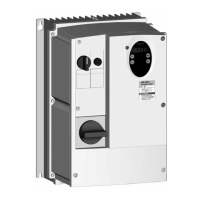
Why does changing a Toshiba TOSVERT VF-S11 parameter not take effect?
Some communications-related parameters require a reset to take effect. Turn the Toshiba Inverter off temporarily, then turn it back on.
What to do if frequency instructions from the computer have no effect on Toshiba TOSVERT VF-S11 Inverter?
Check if the frequency setting mode selection parameter is set to “computer”.
What to do if commands from the commuter have no effect on Toshiba Inverter?
Verify that the command mode selection parameter is set to “computer”.
What to do if Toshiba Inverter setting returns to original after turning off?
When using the TOSHIBA Inverter Protocol, ensure you use the W command to write data into the EEPROM. The P command writes data into the RAMs only, which will be cleared upon reset.
What to do if the slave of ' Inter-drive communication ' did an err5 trip on Toshiba TOSVERT VF-S11?
Check if a communication waiting time parameter on the master side is set up. Set a bigger value than the present value on the master's transmitting interval.
How to fix Toshiba Inverter communications that will not take place?
Check the following:- Are both the computer and the inverter turned on?- Are all cables connected correctly and securely?- Are the same baud rate, parity and bit length set for every unit on the network?
| Model | TOSVERT VF-S11 |
|---|---|
| Category | Inverter |
| Output Frequency | 0.1-400Hz |
| Frequency Range | 0.1-400Hz |
| Control Method | V/f Control, Sensorless Vector Control |
| Power Rating | 0.2kW to 15kW |
| Cooling Method | Forced air cooling |
| Overload Capacity | 150% for 60 seconds |
| Protection Features | Overcurrent, Overvoltage, Undervoltage, Overheat |
| Communication | Modbus RTU |
| Input Voltage | 200-240V, 380-480V |
| Braking Unit | Built-in (optional external braking resistor) |
Details the visual markings used for safety instructions and their meanings.
Explains the common symbols used in the manual and on the inverter for safety.
Defines the intended industrial use of the inverter and its limitations.
Highlights the key characteristics and benefits of the TOSVERT VF-S11 inverter.
Instructs users to verify the contents of the purchased product against the order.
Identifies and describes the components and indicators on the inverter's front panel.
Details the main circuit terminal board layout, screw sizes, and tightening torques.
Provides important notes and considerations when using the inverter with various types of motors.
Lists essential safety precautions to be observed before and during inverter wiring.
Illustrates typical wiring diagrams for connecting the inverter to power and motor.
Details the functions and connection specifications of the inverter's terminals.
Explains basic operation procedures for starting/stopping and setting frequency.
Provides practical examples of operating the inverter using different methods.
Describes the default mode for monitoring output frequency and status.
Explains how to enter the mode for setting inverter parameters.
Details how to monitor various inverter statuses like frequencies and currents.
Describes the mode for jogging the motor directly from the operation panel.
Provides guidance on accessing and modifying inverter parameters.
Details how to set acceleration and deceleration times for smooth motor operation.
Explains methods to improve starting torque and motor performance, including auto-tuning.
Guides on selecting the inverter's operating mode via parameter settings.
Explains how to select operation modes like panel control or terminal board control.
Covers setting up and adjusting analog output signals for meters or external devices.
Explains how to restore all parameters to factory default settings.
Details how to program motor rotation direction via operation panel keys.
Describes how to set the upper limit for the inverter's output frequency.
Explains how to define the operational frequency range boundaries for the motor.
Covers setting the base frequency and corresponding voltage for constant torque control.
Explains how to select different V/F control modes for various motor characteristics.
Guides on setting motor electronic thermal protection characteristics for overload prevention.
Details parameters related to input and output signals for various functions.
Covers parameters for selecting input signal logic and terminal functions.
Explains how to configure input and output terminal functions.
Describes how to compare frequency command values for agreement detection.
Provides additional basic parameters for motor characteristics and switching.
Explains switching between frequency command signals based on parameters or external input.
Details parameters for setting starting frequency and run/stop control.
Explains how to set DC braking parameters for motor stopping torque.
Explains the function to automatically stop the motor if it runs below the lower limit frequency.
Covers parameters for operating the motor in jog mode using panel or terminal inputs.
Details how to avoid mechanical resonance by jumping specific frequencies.
Covers parameters to adjust PWM carrier frequency for noise reduction and tone control.
Explains functions related to auto-restart, ride-through control, and retry.
Covers parameters for adjusting motor slip based on load torque current.
Guides on setting up PID control for process regulation like airflow or pressure.
Covers methods for setting motor constants, including auto-tuning and manual tuning.
Explains how to select different acceleration/deceleration patterns (linear, S-pattern).
Guides on setting operation frequency using potentiometer, panel keys, or external signals.
Explains how to select operation modes like panel control or terminal board control.
Details how to monitor various inverter statuses like frequencies and currents.
Lists error codes, their causes, and remedies for tripped inverters.
Provides guidance on meeting CE directive requirements for inverters and systems.
Outlines specific measures like EMI filter installation and cable routing for EMC compliance.
Lists recommended wiring materials, circuit breakers, contactors, and relays based on inverter model.
Details installation procedures for magnetic contactors in primary and secondary circuits.
Explains when and how to install overload relays for motor protection.
Lists and describes optional devices like reactors, filters, and panels available for the inverter.
Lists user-configurable parameters with their units and adjustment ranges.
Provides a comprehensive table of basic parameters, their functions, and default settings.
Lists all extended parameters, including input/output, operation modes, and protection functions.
Details electrical and mechanical specifications for various VF-S11 inverter models.
Provides dimensional drawings and weight information for different inverter models.
Lists common trip error codes, their causes, and recommended remedies.
Explains how to reset the inverter after a trip condition has been cleared.
Provides troubleshooting steps for when the motor fails to run without an error message.
Offers a table to diagnose and resolve common operational issues and parameter setting problems.
Outlines daily and regular inspection procedures to maintain inverter performance.
Details periodic inspection checks and procedures to prevent breakdowns.
Provides guidance on contacting Toshiba service for defective conditions or troubleshooting.
Lists precautions for storing the inverter temporarily or for extended periods.
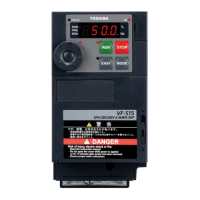
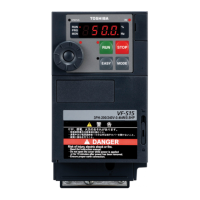
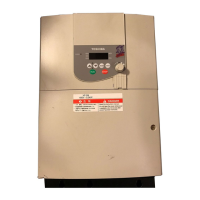

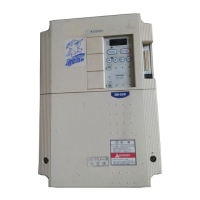
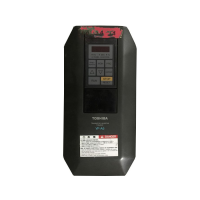

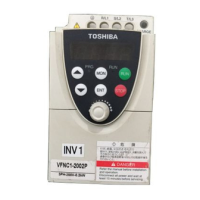
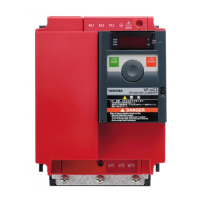
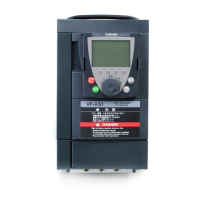
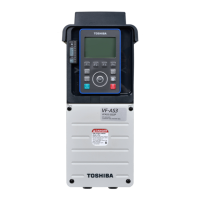
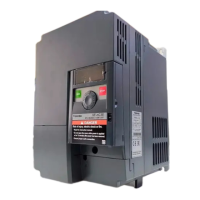
